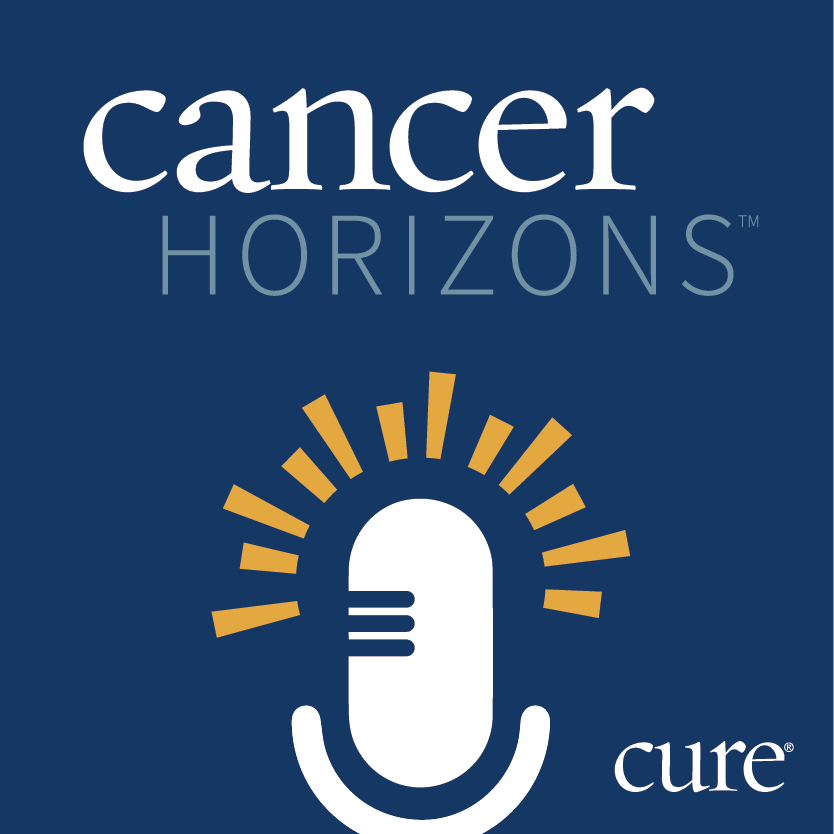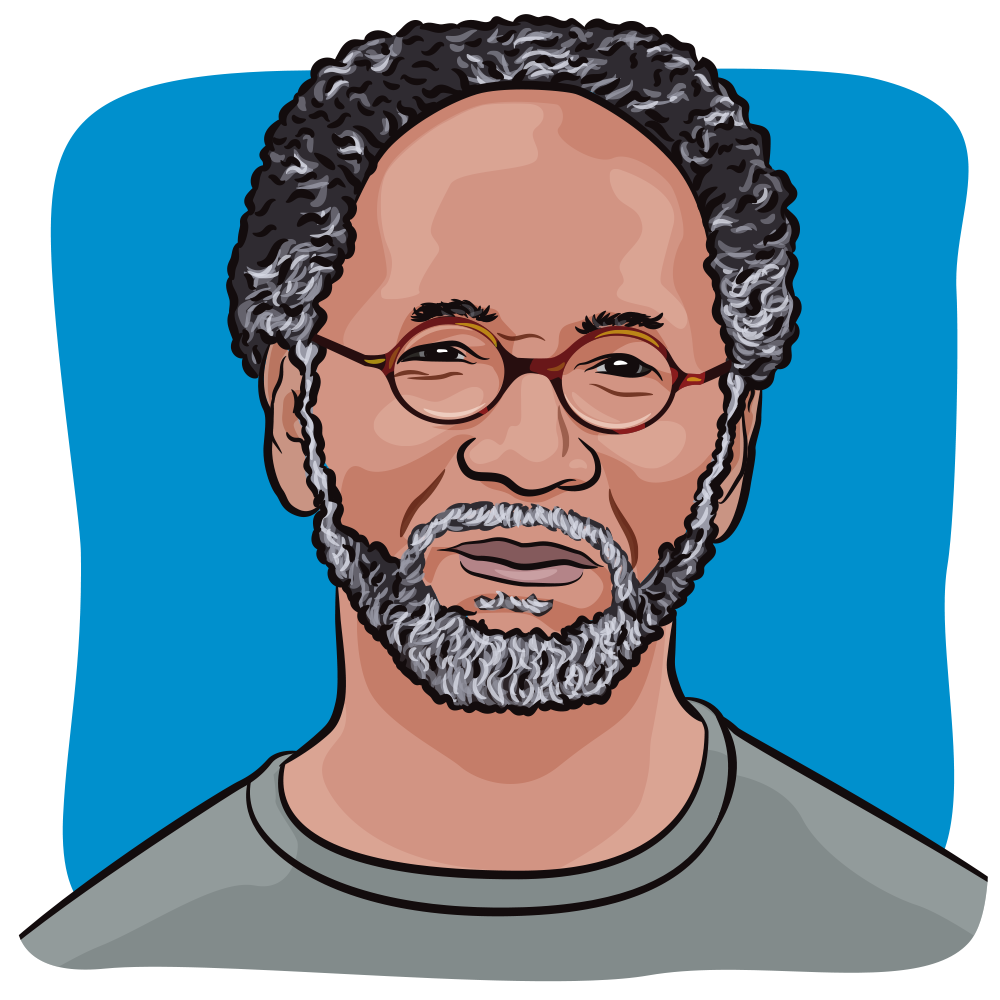News
Video
Treatment Intensification Adoption Differences Across Prostate Cancer
Author(s):
There are differences in prostate cancer treatment intensification adoption between academic and nonacademic physicians.
Findings from the IMPLEMENT sub-analysis investigating patients with metastatic castration-sensitive prostate cancer show differences in treatment intensification adoption between academic and nonacademic physicians, according to Dr. Neeraj Agarwal.
At the 2025 ASCO Genitourinary Cancers Symposium, Agarwal sat down for an interview with CURE® to discuss the trial. In the two-phase study, investigators revealed that, of the identified barriers and facilitators to treatment intensification, nonacademic physicians and low-intensity prescribers more frequently reported obstacles such as knowledge gaps and concerns about side effects, while academic physicians and high-intensity prescribers cited clinical support and survival benefits as key motivators.
Agarwal is a medical oncologist, a professor of medicine and the Presidential Endowed Chair of Cancer Research at the Huntsman Cancer Institute, University of Utah, as well as director of the Genitourinary Oncology Program and the Center of Investigational Therapeutics at the Huntsman Cancer Institute in Salt Lake City.
Transcript:
There is a clear difference between the barriers faced by high intensifiers versus low intensifiers. An approach to solve this problem is going to be physician-specific or practice-specific. From a patient’s perspective, I would urge our patients to talk to their physicians about the different treatment options which are available for them. Unless they ask, they were not going to make them think so.
If, say, there is a low intensifier physician who is not using this therapy, and they're still using, for example, ADT plus bicolutomide, which is a first-generation anti-androgen, and they are happy using that drug instead of a second generation ARPI with or without chemotherapy, if patients ask this question to their doctors, ‘What are the treatment options available for me?’ and ‘What has been developed in the last five or six years?’ that may make those busy physicians and clinicians think about those options and go back and read about them, or at least get to know about those options.
When the patient comes back for the second visit, then they are more ready to discuss those questions with them, with the most recent data, if you will. That's how I think it will impact the patients.
Transcript has been edited for clarity and conciseness.
For more news on cancer updates, research and education, don’t forget to subscribe to CURE®’s newsletters here.




